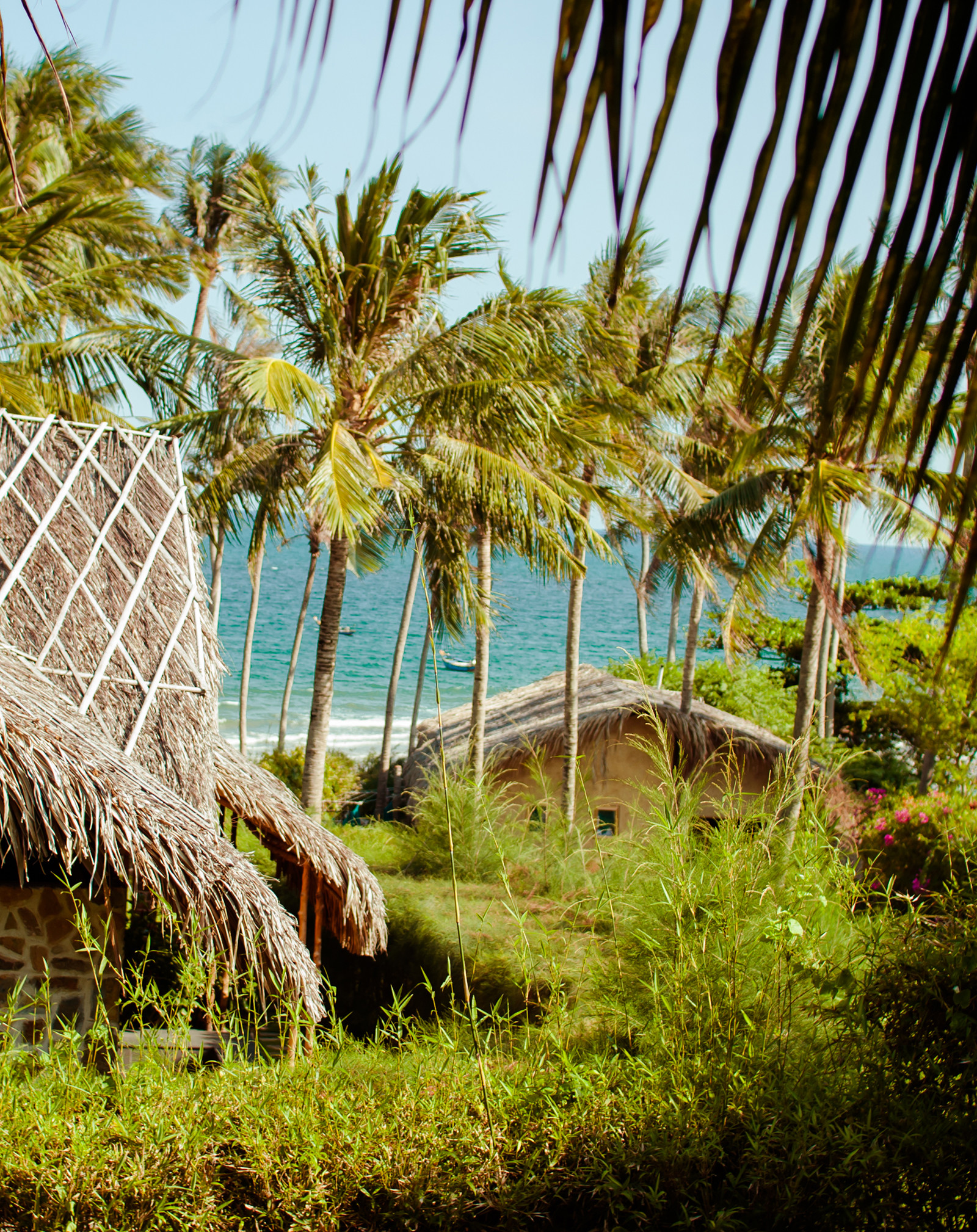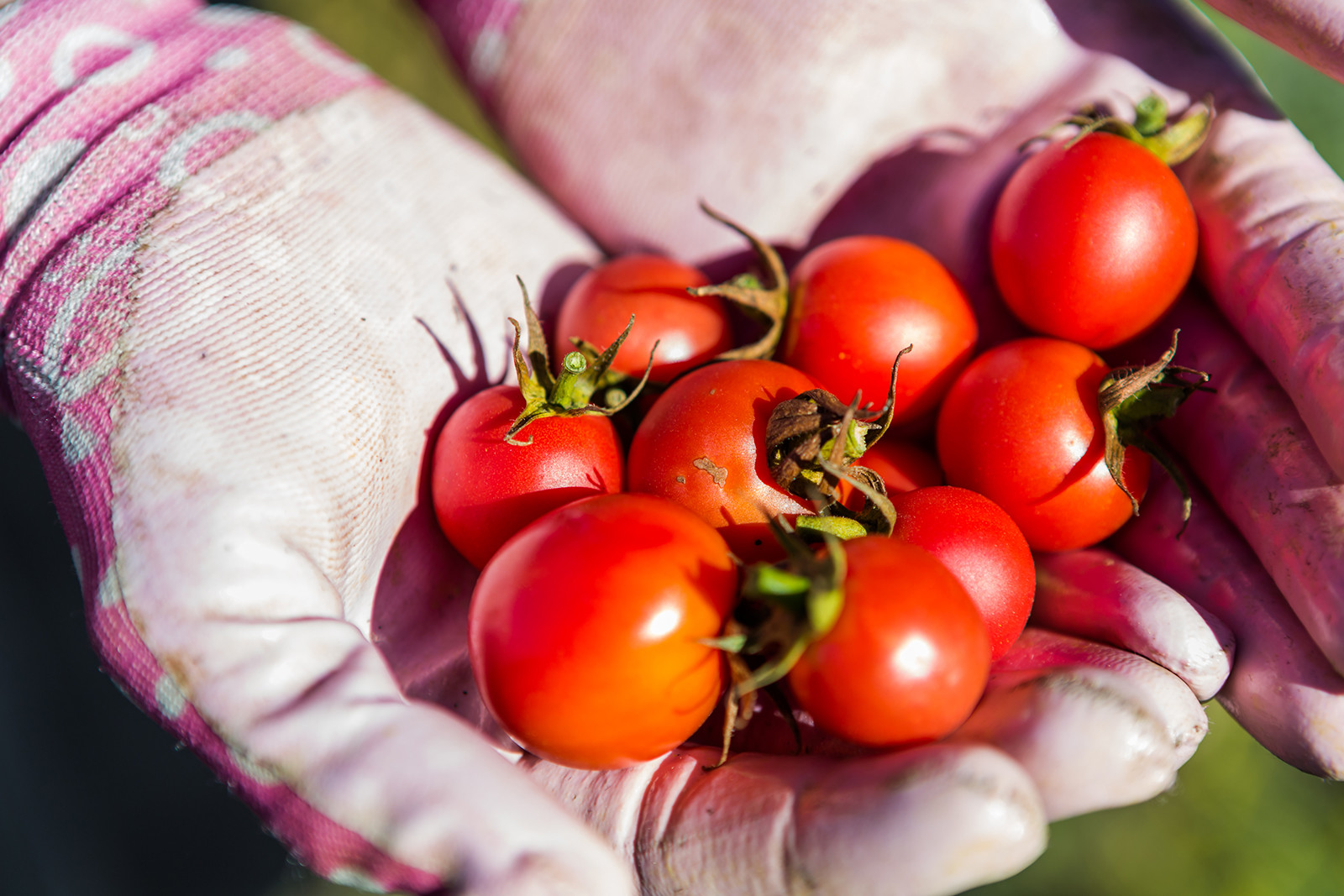When most of us think about the word ‘community’, we tend to think on the scale of a neighbourhood, town or perhaps even a city. We may think about seeing the same people in the local cafe; or having the sense that everyone is looking out for one another. Largely, we have positive associations when it comes to this word.
When it comes to the concept of ‘communal living’ however, many of us begin to feel a little differently. Perhaps we draw comparisons to the ‘free love’ movement of the 1960’s. Maybe we think of a group of unemployed hippies inhabiting a rural ‘commune’. Some of us may even think about cults – large groups of disgruntled misfits who alienate themselves from the developed world.
While some of these notions are based in truth, they are mostly extremes. These stereotypes have polarised our general view of community and communal living; you’re either committed to the commune, or living a regular life as an individual or family. Modern communities however, are quietly finding a balance between the two extremes. You might find yourself surprised and inspired, so let’s take a look at what modern communities are doing.
Communities reinvented
Modern communities come in many shades. Each will take on a unique face and character based on the personalities of its members and any specific intentions that they set for their community. Even so, a few general types of modern community have emerged:
-
Cohousing
Around the world, buying into the real estate market seems almost impossible for many. The concept of cohousing is proving to be an equitable solution for some. A typical cohousing setup usually consists of several homes built closely on one piece of land. It’s a great way for like-minded friends to find a balance between private and communal living. Garden, recreational or even kitchen areas are often shared among the households.
Even more alluring, cohousing setups can also incorporate aspects of affordable, sustainable building techniques. Earthbag building is one interesting technique that many communities are experimenting with. With earthbag building, bags of earth (or ‘dirt’) are arranged into custom shapes to create interesting, well insulated living spaces. Armed with a few basic skills, simple structures can be easily erected in short periods of time. With a little incentive, you’ll have no trouble finding a few friends who are more than willing to assist in the construction process!
-
Eco-village

An eco-village located by the sea.
Eco-villages may be built at scales similar to cohousing setups, or can be considerably larger. As the name suggests however, these communities tend to focus on ecological, environmentally-aware, sustainable living. The philosophy that underpins many of these communities is the desire to revive the social structures and natural living practices that will allow the community to survive indefinitely. Even the UN has publically praised ecovillages for their role in promoting sustainable living.
There are usually several dimensions to eco-villages, with a few key aspects including:
- Utilizing renewable energy
- Spiritual development
- Organic food production
- Preserving soil, water & air quality
-
Hybrid
Perhaps the most common community (and most accessible to many) is the hybrid setup. These informal communities often combine aspects of the eco-village and co-housing scenarios. Members of these communities often place more importance on the supportive social aspects of communal living, with less formal emphasis on ecological aspects. Not to say that practices such as permaculture are not of importance to these communities, they may simply take on a less formal role.
Chances are, you may already live in the beginnings of a hybrid community. In their simplest form, hybrid communities consist of a bunch of like-minded friends living under the same roof. They could be either rural or urban in nature.
Members of these communities tend to be more engaged with one another than traditional ‘housemates’ who coexist without any common goals. It’s not uncommon for members of these communities to have their own individual career-aspirations, while also bringing something unique to their community.
Communities with benefits

Develop a community vegetable garden and enjoy high nutrient food.
The advantages of adopting a communal lifestyle are many. In fact, these benefits are largely responsible for the rapid growth of communal living spaces in recent times. Of course, the benefits experienced are largely dependent on the individuals and the type of community set up. Nonetheless, let’s have a look at some of the most common benefits of living a modern, communal life.
-
Sharing skillsets
Living among a diverse group of people provides the unique opportunity to draw from a wide range of skillsets. Put an engineer, a seamstress and a professional snowboarder in a house (for example) and watch the magic unfold.
It’s certainly practical to have a wide range of skillsets. For example, one member might be great at building furniture, while another is an excellent gardener and nutritionist. But the benefits can also extend into your professional lives. With so much experience to draw from, your community could turn into an entrepreneurial hotbed of creativity. Just take the Rainbow Mansion cohousing community in Cupertino, California. Inhabiting the space is a small group of young, bright minds holding day-jobs within the many local tech-giants. In their spare time however, the group channels their talents into a variety of interesting side-projects.
-
Financial
It almost goes without saying that splitting utilities, rent and house chores can be financially beneficial. Interesting however, a recent publication from Cohousing Solutions indicates that most savings are found elsewhere. Childcare for example, can be among the most expensive services for working (or otherwise busy) parents. Imagine for a moment however, having the ability to leave your kids with another member of your community. This is just one financial advantage of having numerous people to look out for one another.
-
Environmental
Depending on the type of community you choose to set up, the environment could benefit greatly from your dedication and hard work. Sure, renewable energy and sustainable land management are excellent for the environment. Even more powerful however, is the likely impact your work will have on the greater community. As good stewards of the land you can positively impact how others around you treat the earth. What’s better, even the smallest communities can be effective advocates for good environmental practices, so there’s no excuse.
-
Nutritional
With even a small garden space, you can experience next-level nutrition. Garden-fresh produce is the richest in vitamins and minerals that you’ll be likely to find anywhere. Simultaneously, you can reap the health benefits of consuming organic, chemical-free food, throughout the year. Not a bad way to save a few dollars either.
-
Emotional
One of the biggest perks of living in a community is simply having people around to talk to. Members of a community are often around to offer advice and support. Numerous studies have shown that having good friends is ultimately great for both emotional and physical health.
Modern communities are what we make of them. They certainly don’t have to look or feel like the stereotypical 1960’s commune. They can range from a small urban household of like-minded folks, to a large-scale eco-village. Either way, you’re likely to feel that the community is somehow more than the sum of the individuals.
If this sounds like an exciting prospect, perhaps it’s time to experiment with building a modern community of your own. The benefits could be immense for you, your community and the environment.
